Stede Bonnet was the most unorthodox pirate of The Golden Age of piracy. Most of the pirates went to piracy out of economic or political reasons. Some were forced to become pirates, but Stede Bonnet decided to choose the life of piracy although he had no of aforementioned reasons to do so. Bonnet was a wealthy and educated landowner with no naval experience. Although he had a secured future Bonnet had a ship built and went to the sea under cover of night. His background has earned him the nickname “Gentleman Pirate”.

Pirate Flag of “Gentleman Pirate” Stede Bonnet,
Life before piracy
Stede Bonnet was born in 1688 into a wealthy English family that owned land and sugar plantations on Barbados. The family was already living there for two generations before Stede was born. By the time he inherited the land Bonnets had one of the most prosperous estates on the island. It consisted of 400 acres of sugar, two windmills and a cattle-driven mill for grinding syrup from the cane.
In 1709 Stede Bonnet courted and married Mary Allamby, daughter of another one of the wealthiest landowners from Barbados. About that time he engaged in some level of militia service (nature of which remains unknown) earning him the title of Major.
Stede and Mary had three sons and one daughter. Their firstborn son died at an early age leaving a permanent mark on Stede. The family was well known and Major Bonnet was an immensely respected member of the community before he turned to piracy.
In 1716, a year before he became a pirate, another freebooter was active in the area, the legendary Sam Bellamy. Sam has been so successful that he managed to drastically slow the trade in the area with his crew. The success of Bellamy’s crew was probably one of the tipping points in Bonnet’s decision to engage in piracy. The rest of the planters were in an uproar, but Major Stede Bonnet was enchanted with Sam's pirate lifestyle. Despite the fact that he had no understanding of pirating or maritime affairs at all, he decided to pursue the career himself.
No-one knows what reason was behind Bonnet’s decision to become a pirate. The most widespread story comes from A General History of the Pyrates. It is stated there that he was driven to piracy by constant nagging from his wife and other discomforts he found in his married state.
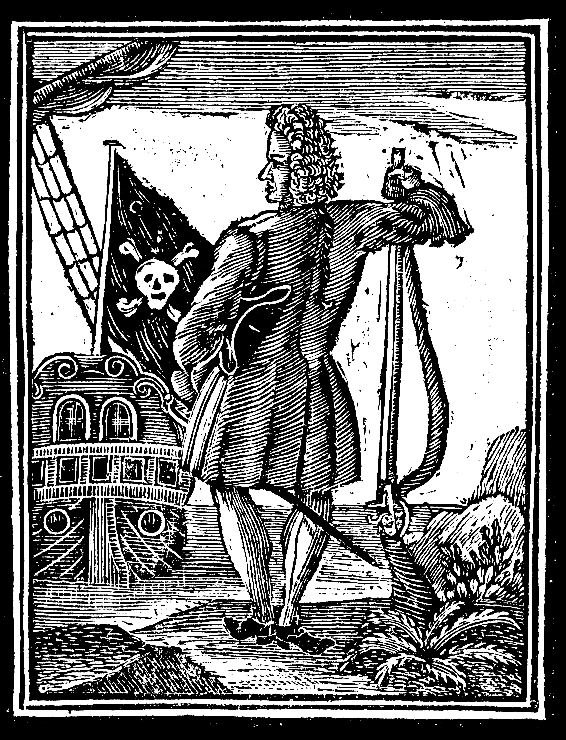
Print engraving of Stede Bonnet in A General History of the Pyrates
Career as a pirate
In the spring of 1717 Major Stede Bonnet decided to leave his previous life as a sugar planter. His pirating career was atypical from the start. Most of the pirates entered the career by mutinying and taking over a ship or going rogue once they already captained a ship. Stede, being a rich gentleman, contracted a local shipyard to make him a sixty-ton sloop. He claimed he was going to Antigua or Jamaica where he expected to be commissioned with hunting pirates. Once the sloop was finished he named her Revenge, armed her with 10 canons and enlisted a crew of 70 men. Under a pretense of going to a trading journey, he left the island under the cover of the night never to return again.
Since the begging of his career, Major Bonnet didn’t command much respect among his crew. One of the reasons was that being ignorant of pirating tradition, he paid his crew wages instead of giving them shares of the plunder. A more important reason was that he had no knowledge of shipboard life. That forced him to rely on his quartermaster and first mate for their knowledge of sailing.
The first cruise of the Revenge was to the coast of Virginia. There the crew plundered several ships of their provisions which consisted of clothes, money, ammunition and similar goods. Most of the vessels were set free after plundering, but that was not the fate Turbet. That vessel was from Barbados, so pirates burned it to keep the news of Major Bonnet’s crimes from reaching his home. From there they went to Gardiners Island for resupply, they paid for the provisions and set sail for South Carolina.
In the August 1717, they reached the coast of Carolinas the crew decided to guide the Revenge to the Charleston. The area was a perfect location for a novice pirate, like Stede Bonnet, to learn his trade. Charleston was located on a peninsula at the confluence of two rivers, 8 km from the sea. Entrance to the bay was partially blocked by a long shoal where pirates could lurk, awaiting their prey. In addition to all of that, there were hundreds of miles of islands, inlets, and creeks to the north where pirates could hide from the law.
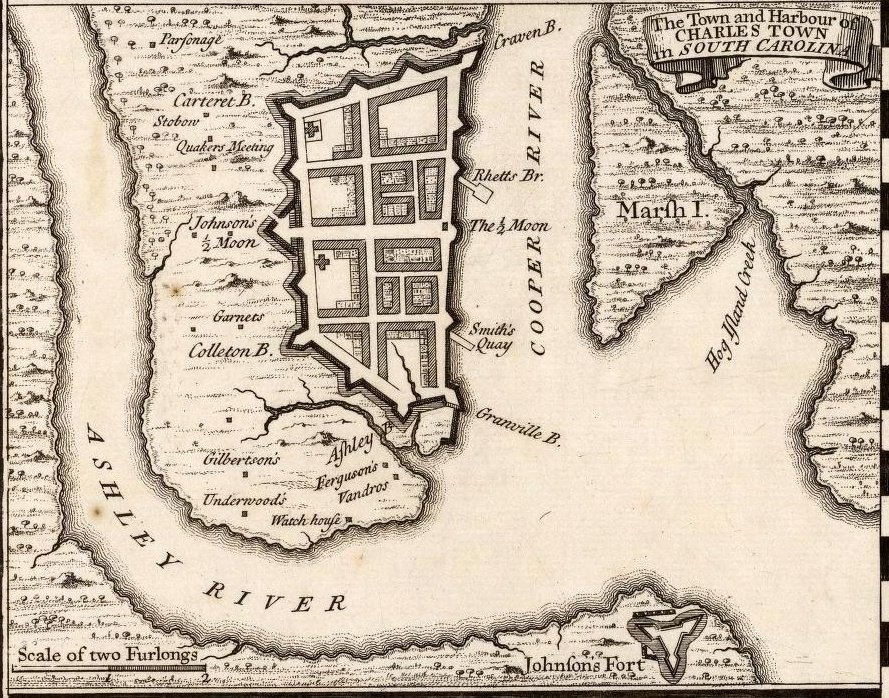
A 1733 map of Charleston by Herman Moll
On August 26, brigantine from Boston under Captain Thomas Porter was nearing Charleston. Bonnets crew overtook the brigantine, but to their disappointment, there was no worthwhile plunder on board of the brigantine. Nevertheless, Bonnet held the Porters ship captive to prevent information of pirates from reaching the town. Later that day a sloop from Barbados under command of Captain Joseph Palmer approached Charleston from the south. The sloop quickly surrendered to the Revenge after pirates rolled out their canons. While his crew was searching the sloop, Major Bonnet was negotiating with Captain Palmer. Although Bonnet introduced himself as Captain Edwards, Palmer who was also from Barbados recognized him.
Bonnet took control of both ships and sailed to North Carolina. A few days later, he anchored the ships in the waters of Cape Fear. There they transferred Palmer’s crew aboard Porter’s brigantine. He then dismantled to repair the Revenge and burnt the remains of the sloop. He stripped Porter’s brigantine of anchors, most of her riggings and sails to buy some time before authorities found out about his misdeeds.
Repaired, the Revenge was sailing for the coasts of Florida when Bonnet's inexperience truly showed for the first time. His lack of knowledge caused him to mistake a powerful Spanish warship for a large merchant ship. Major Bonnet ordered his crew to capture the warship and they engaged in a full-fledged battle. The results were disastrous for the pirates. More than half of the Revenge’s crew was dead or wounded, and Bonnet has suffered grave injuries himself. The Revenge was a faster ship of the two and they managed to escape.
The crew in their sorry state went to seek refuge in the ultimate sanctuary, the legendary pirate base at Nassau known as The Republic of Pirates. In September 1717, they arrived at Nassau. Bonnet told his story to the pirates there, and after some discussion, the pirates of Nassau decided to accept Bonnet and his crew, at least until they recovered from their wounds.
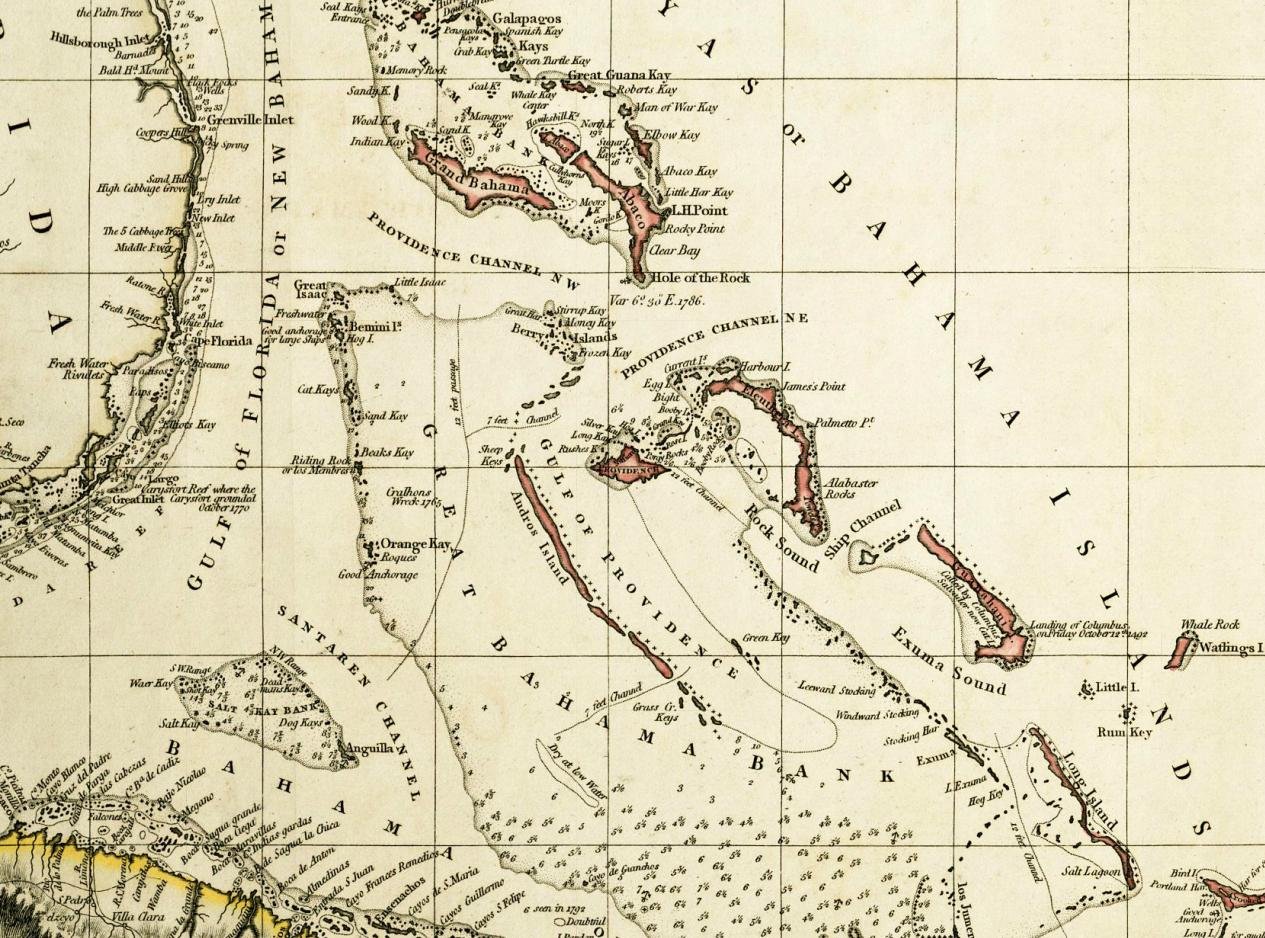
1803 map showing the island of New Providence (Nassau)
While at Nassau, Stede Bonnet met two great pirates from The Golden Age. Captain Benjamin Hornigold and Edward Teach “Blackbeard”. Hornigold suggested that Bonnet should cede command of his ship to Teach until he fully recovered. Due to his current state and lack of respect from his crew, Major Bonnet agreed to let “Blackbeard” take command of the Revenge. However, Bonnet remained aboard the ship as “Blackbeard’s” guest.
Over the period of the next eight months, pirates were extremely successful due to “Blackbeard’s” capable command. During that time “Blackbeard” captured La Concorde which he armed and adjusted to better fit his needs. The renamed vessel became his flagship, Queen Anne’s Revenge, the terror of the sea, a pirate ship which could take-on most powerful warships in the battle. This period is mostly remarkable for “Blackbeard’s” deeds and as such it will be properly addressed in an article about him.
Pardon and return to piracy
On September 5, 1717, King George I issued an Act of Grace decreeing that any pirate who surrendered to a British governor within one year would be pardoned. News of this decree reached Stede Bonnet in the late spring of 1718. Leaving their ships at Topsail Island, both Bonnet and “Blackbeard” went ashore to seek pardons for their crimes. Both men were pardoned and Bonnet stayed in Bath to get clearance to sail to St. Thomas where he intended to obtain a letter of marque and go privateering Spanish trade ships.
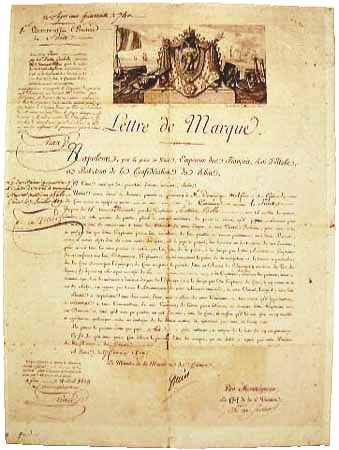
An example of letter of marque
Once he returned to the Topsail Island Bonnet found out that “Blackbeard” has marooned most of their crew and took the majority of the resources from the Revenge.
St. Thomas, was in the midst of hurricane season which prevented Bonnet from sailing there for the next few months. Being left with only 11 barrels of food, after “Blackbeard” relieved the Revenge of her provisions, Stede Bonnet decided to return to piracy. Hoping he would preserve his pardon he changed the name of the Revenge to Royal James and took alias “Captain Thomas” for himself.
There is evidence from this period that he stopped paying his crew wages and adopted a pirate custom of giving them a share of the booty. It is clear that Bonnet has gained some knowledge while sailing with “Blackbeard”. That experience also helped him in his plundering adventures; in July 1718 he captured eleven ships without much trouble. He retained last two vessels Fortune and Francis under his control. With his provisions refilled, Bonnet took three vessels to the Cape Fear to wait for the end of hurricane season there.
Capture and trial
In August 1718, news that Bonnet’s vessels were moored in the Cape Fear reached governer of South Carolina, Robert Johnson. He gave authorization to Colonel William Rhett to lead an expedition against the pirates. Colonel Rhett took two sloops with eight canons each and manned them with 130 militiamen. The Henry and the Sea Nymph reached the Cape Fear on 26 September and the battle of Cape Fear River ensued.
Start of the engagement was an unusual one. Bonnet once again mistook heavily armed ships for merchant sloops and sent men in canoes to capture them. However, Rhett’s flagship Henry had run aground in the river mouth. Pirates in the canoes were able to return and warn Bonnet of the danger. During the night, the rising tide lifted Henry of the river bottom, and both parties were awaiting daybreak. Under cover of night, Bonnet brought all of his 46 pirates abroad the Royal James planning to fight his way out. As the sun rose, Bonnet sailed towards the river mouth and all three vessels opened fire. Rhett’s ships tried to bracket the Royal James, and Bonnet tried to avoid them by steering close to the river’s shore. The result was all three ships running aground with the Sea Nymph out of range of the Royal James.
With all the participants immobilized, pirates had a slight advantage because their deck was turned away from the Henry giving them cover, while Rhett’s men were exposed to the musket fire. After six hours of immobile battle, the high tide started arriving, bringing the change of luck along. The Royal James, which was closer to the shore, remained stranded, while South Carolina vessels were freed. Militia boarded the Royal James and captured the vastly outnumbered pirates without much trouble.
Excerpt from The Tryals of Major Stede Bonnet, and Other Pirates
Pirates were all brought to Charles Town to await their trial. Bonnet managed to escape but was recaptured a few days later. On 10 November he was brought to trial where he pleaded not guilty and chose to conduct his own defense. The judge, Sir Nicholas Trott, delivered a guilty verdict and sentenced Bonnet to hang. Bonnet wrote a letter to Governor Johnson, begging for pardon and promising to cut his own arms and legs as assurance that he would not engage in piracy anymore. There was no mercy for the pirate, and Major Stede Bonnet was hanged on 10 December 1718. Such was the end of “Gentleman Pirate”.
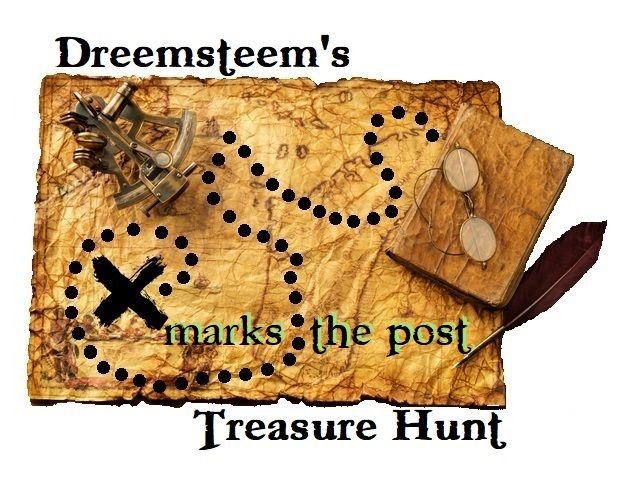
You should also follow the map if you want to sponsor the treasure hunt, or if you want your post to become one of the stops on the hunt
Sources
A General History of the Pyrates - 1724, Captain Charles Johnson
The Republic of Pirates: Being the True and Surprising Story of the Caribbean Pirates and the Man Who Brought Them Down - 2007, Colin Woodard
Pirates, Privateers, & Rebel Raiders of the Carolina Coast - 2000, Lindley Butler
